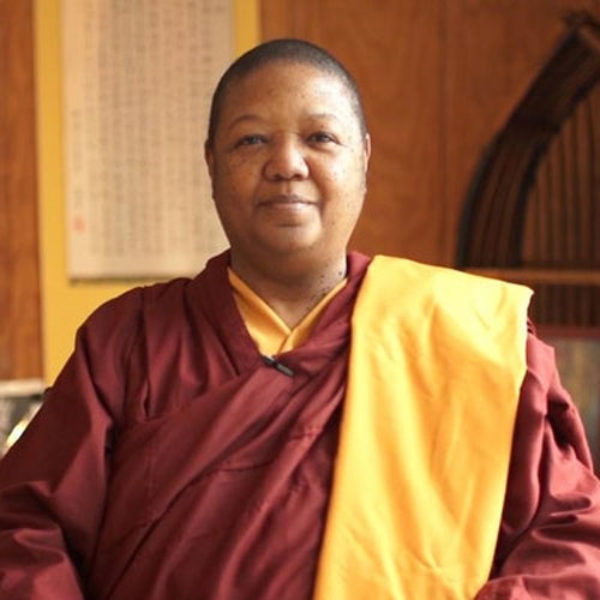Equanimity is balance that comes from wisdom; it’s our heart and mind’s capacity to roll with the inevitable challenges and changes of life without taking it personally, without falling into despair or hopeless. Rather than a bland state of neutrality, or a cold state of indifference, equanimity gives us a wide space to feel the whole range of human experience, and the poise to act with wisdom and care rather than reactivity. Whether it’s personal loss and difficulty, challenges in relationship, or the immense pain our world is facing, equanimity is the indispensable quality that allows us to meet life with grace and balance, and at times to keep going in the face of extraordinary hardship.
In this session you’ll learn tools to:
Find balance with difficult emotions
Understand how we get reactive and what helps us to let go
Get perspective when challenged or overwhelmed






Discussion